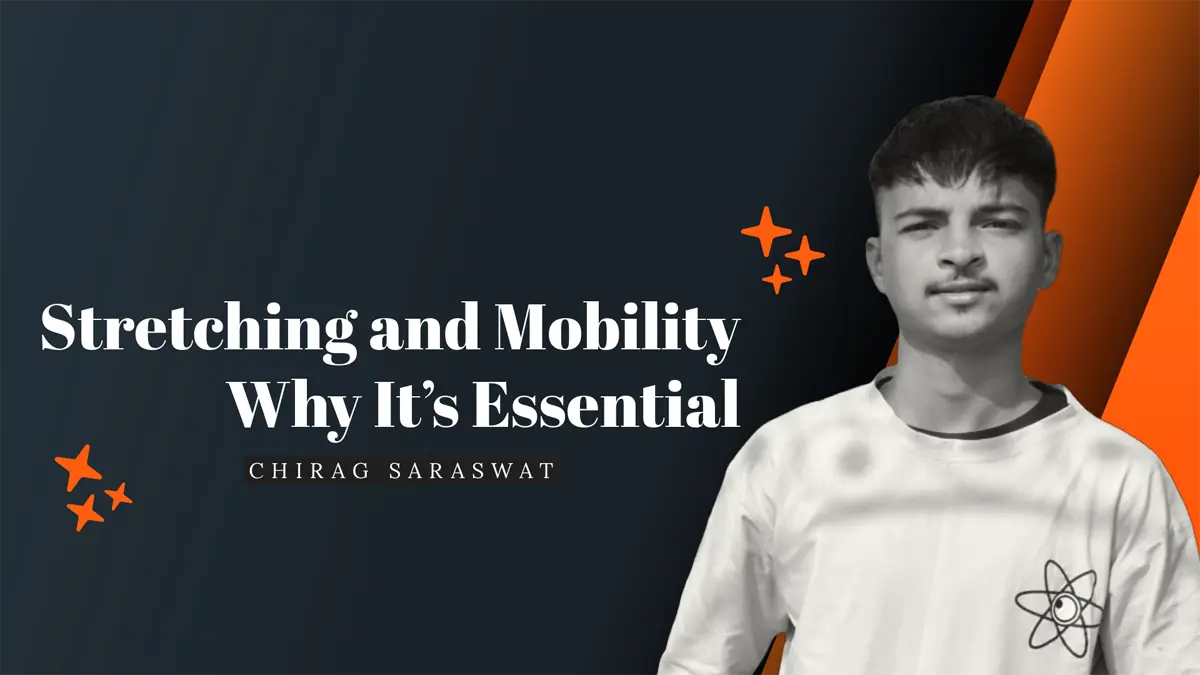
When was the last time you stretched? If stretching and mobility exercises aren’t part of your routine, you’re missing out on a simple way to boost your fitness and well-being. Stretching isn’t just for athletes or yoga enthusiasts—it’s for anyone who wants to move better, feel better, and avoid injuries.
Why Stretching and Mobility Are Important
Stretching and mobility exercises often get overlooked, but they’re vital for keeping your body functional and pain-free. They enhance flexibility, reduce injury risks, and speed up recovery.
Think of it like maintaining a machine—your body performs best when it’s properly cared for. Neglecting these exercises can lead to stiffness, decreased performance, or avoidable injuries.
Key Benefits of Stretching and Mobility
- Improved Flexibility: Stretching increases the range of motion, making daily activities like bending, lifting, or climbing stairs easier.
- Injury Prevention: Tight muscles are more prone to strains and sprains. Regular stretching reduces these risks, especially during physical activity.
- Faster Recovery: Stretching improves blood circulation, helping muscles recover and reducing post-workout soreness.
Dynamic vs. Static Stretching
Not all stretches serve the same purpose. We can determine it in two primary types:
- Dynamic Stretching: These involve active movements like leg swings or arm circles. Best used before exercise, they prepare muscles for activity and increase blood flow.
- Static Stretching: These are held positions, such as reaching for your toes or holding a quad stretch. Ideal for post-workout cooldowns, they help relax muscles and improve long-term flexibility.
Effective Mobility Exercises
Mobility exercises go beyond flexibility by improving how your joints move. Here are a few to try:
- Shoulders:
- Arm Circles: Swing your arms to loosen up your shoulders.
- Wall Slides: Slide your arms up and down a wall while keeping your back flat.
- Hips:
- Hip Flexor Stretch: Stoop on one knee, with the other foot forward, and delicately push your hips forward.
- 90/90 Transitions: Sit with one leg bent in front and the other to the side, then switch sides.
- Hamstrings:
- Forward Folds: Sit or stand and reach for your toes to stretch the back of your legs.
- Seated Hamstring Stretch: Extend one leg while keeping the other bent, then reach toward your extended foot.
- Back:
- Cat-Cow Stretch: Shift back and forth among angling and adjusting your back while down on the ground.
- Child’s Pose: Sit back onto your heels with your arms extended forward for a gentle back stretch.
Incorporating Stretching into Your Day
Stretching doesn’t require much time or equipment. This is the way to remember it for your daily schedule:
- Pre-Workout: Spend 5–10 minutes doing dynamic stretches to prepare your body for exercise.
- Post-Workout: Dedicate 10–15 minutes to static stretches to cool down and relax your muscles.
- Weekly Routine: Add a yoga or mobility session to further enhance flexibility and overall mobility.
Even on rest days, a short stretching session can leave you feeling refreshed and ready to move.
Web Stories
Why It’s Worth Your Time
Stretching is very normal, but it’s equally important. It supports your strength and endurance training by improving flexibility and mobility, reducing stiffness, and preventing injuries. With a little daily effort, you’ll notice better performance and greater ease in your movements.
Take Action Today
Ready to make stretching a habit? Start small—just five minutes a day can create a big impact over time. Prioritize your body’s care now to move freely, avoid injuries, and feel your best.
Latest Blogs









